A chiseled six-pack is like your very own fitness billboard. It shows the world that you're dedicated to the fit lifestyle and aren't afraid of hard work. But your abs aren't just for show. As part of your core, the various abdominal muscles play many important roles and are involved in nearly every exercise.
Below are the top 10 ab exercises, as rated by our users, with an explanation of each.
1 Landmine 180, Rating 9.5
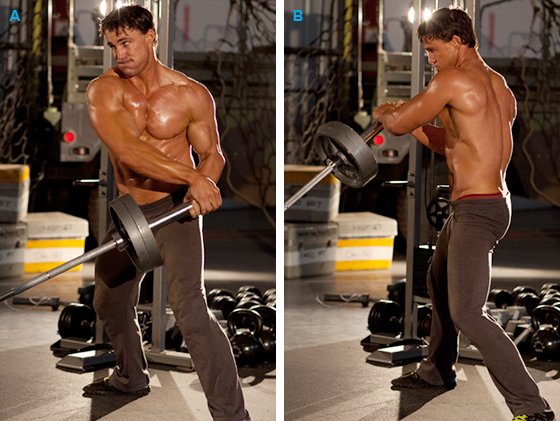
The landmine is a versatile tool, but it isn't required for this exercise. You can simply brace a barbell in the corner and manage the same thing. You can grasp the barbell itself or use the handle attachments that often come with the landmine. This exercise is effective because it has both rotational and anti-rotational components to it, combined with a practical movement.
2 Spider Crawl, Rating 9.4
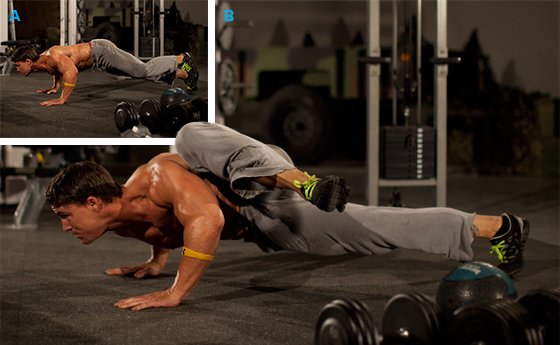
Spider crawls are great as part of a dynamic mobility warmup. They involve all three actions of your abdominals: rotation, anti-extension, and even a small amount of flexion. You need to stay low to the ground to make these effective. Bonus points if you wear blue spandex and pretend you are crawling up a wall.
3 One-Arm High-Pulley Cable Side Bend, Rating 9.3
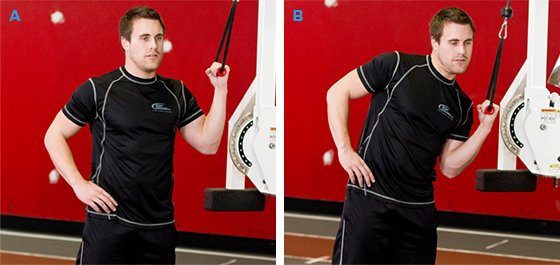
I like cables for certain movements because of their constant tension and the freedom to apply force in certain directions. This movement is excellent for building your obliques. If you're targeting that area, remember that spot reduction is a myth, so you could be making your waist thicker by using too much volume here.
4 3/4 Sit-up, Rating 9.2
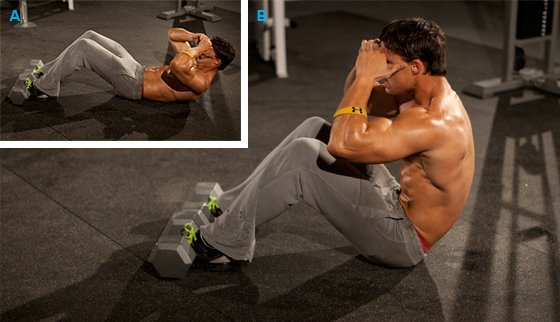
The sit-up is a classic abdominal movement. If you have problems in the lumbar, you might choose a more back-friendly move. Sit-ups heavily involve your hip flexors. If you wish to disengage them and make this movement more difficult, you can do them "froggy-style." Abduct your thighs, sticking your knees out to the side, and you reduce hip-flexor involvement.
5 Plank, Rating 9.2
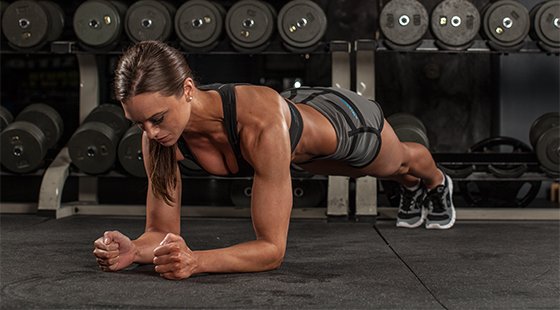
Abs aren't just about sit-ups and crunches. One of their primary functions is anti-extension, or stabilizing the core against its own force, external forces, and even gravity. The basic plank can become easy quickly. To increase the difficulty, progress first to single-arm and single-leg versions, and then to moving planks.
6 Sledgehammer Swings, Rating 9.2
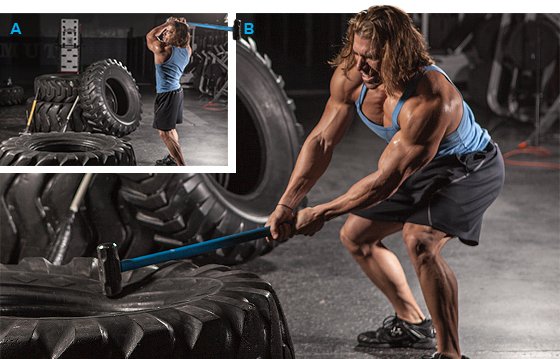
Swings are the perfect movement if your goal in life is to be either a lumberjack or a ground-slamming marauder. Swings are great because they condition a lot of your trunk: your abs, serratus, lats, shoulders, and arms. You don't have to use a sledgehammer and a tire. I often use club bells, and instead of slamming a tire I sometimes use sandbags.
7 Ab Roller, Rating 9.1
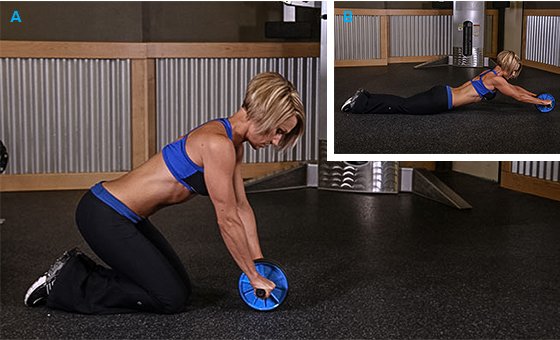
The ab roller devices are the only "As Seen on TV" gadgets that are actually effective. The rollout hits spinal flexion and anti-extension extremely hard and gives shouts out to your serratus and lats. If I were ranking this list myself, this movement would definitely be in the top three. You don't have to have the ab roller; this movement can be performed with a barbell.
8 Bottoms Up, Rating 9.1
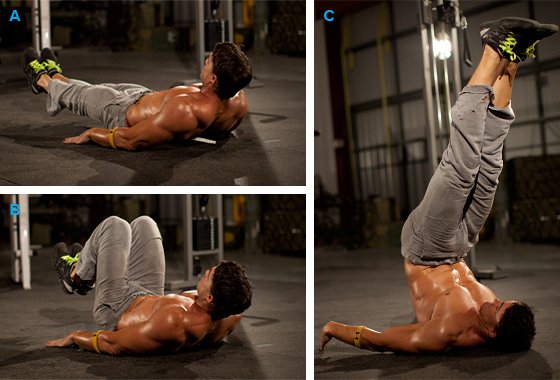
This is a combo of two different exercises, the reverse crunch and the hip raise, which are both great exercises in their own right. If this movement becomes too easy, get rid of the knee bend and instead keep your legs straight. Perform a leg raise from straight out up to 90 degrees, and then transition into raising your butt off the ground.
9 Cross-Body Crunch, Rating 9.1
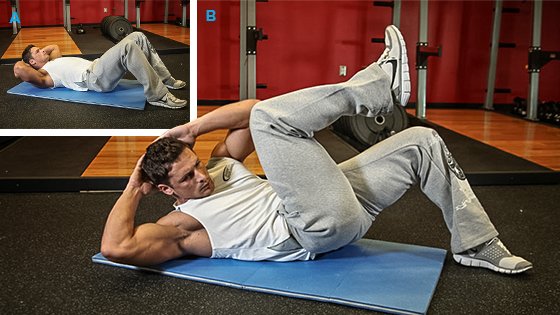
I still remember seeing infomercials showing how this style of crunch is the most effective ab move because it supposedly involves everything. Alas, this exercise actually misses anti-extension. It's a good entry-level technique, but it won't be long before you can knock out scores of these and will need to move on to something more difficult.
10 Decline Reverse Crunch, Rating 9.1

This is an intermediate movement between a leg raise on the floor and a hanging leg raise. Most people don't perform hanging leg raises correctly—they're not quite strong enough and can't actually move their pelvis, which means they're using hip flexion rather than their abs. Do this move on an adjustable decline bench to allow you to progress from flat to vertical in a systematic way.
